Having decided -- after a recent "Spooky Lagoon Tour" -- to conduct his history fair research on the Island community's history, and having successfully convinced his school partner to join him in this quest, Simon approached me for some support. It wasn't a hard sell; I've always been a fan of the Toronto Islands, and finding out more seemed closer to fun than "homework"!
I was soon exchanging emails and phone calls with a fellow who had lived on the island in the 40s, and who was now living in the US, but still in touch with his old community. He was willing to set Simon and his friend up, and shared our contact info with two gentlemen who still lived on the island, one of whom was none other than Jimmy Jones, the guy whose stories had sparked Simon's interest in the first place!
Not long afterwards, we arranged to meet the two elderly islanders at one of their homes on a Sunday afternoon. In the end, Simon's school friend couldn't make it, so Simon left him to do some book research, and he and I set out alone on the gloomy November weekend to purchase our ferry tickets and visit the large park that tourists usually reserve for sunny, summer day trips.
Peter and Jimmy proved to be spry in both body and spirit, and we spent a delightful afternoon together, listening to stories that covered considerably more territory than the few questions Simon and his partner originally had in mind.... Simon jotted down what he could, and I listened intently.
We learned that Centre Island's park-like Avenue of the Islands was once a bustling main street of a real town, complete with restaurants, several grocers, a pharmacy and all manner of other businesses, a fact I later confirmed in more detail by further intrigued googling at home! And while there is a lot written about the "wealthy" families who built summer homes on the island, both men confirmed that all sorts of people lived on, worked on and visited the islands, and further, that when the houses started to be demolished (the City claimed it needed the space for a large public park -- despite the copious amount of parkland already available and in use on the site), it was not the wealthy families who lost their homes first... if at all. (The exclusive yacht club, for example, was never touched -- it stands and is used to this day!)
They told us stories of how the city had started their demolition derby with the town on Centre first, coring out the community's backbone, so to speak, before moving westward and then eastward towards Wards Island, where both Jimmy and Peter presently lived. It was a sobering moment when both men recalled the impact on many families of being evicted from their homes, or of the threat of having their homes demolished. The fight was a long, hard one, and one not without a few casualties.
On a more upbeat note, Jimmy also told us that many of the homes still standing on that part of the island had been built from materials that came in a pre-fab kit, ordered directly out of the Eaton's catalogue - he remembered a time when both Eaton's and Simpson's had several deliveries a day from the city to the islands. (A house could go up in a weekend, added Peter, noting that it helped if you had several friends and a little beer.)
Both Jimmy and his neighbour (and our host) Peter were engaging and lively story-tellers, who had a remarkable number of details crammed into their heads. One got the feeling that there was probably no question about the island's history that either one or the other couldn't answer... and we asked many.
Simon, fairly quiet during our visit other than the questions on this list, seemed greatly affected by his interaction with the two men; he chattered with me afterwards about his impressions, and seemed quite pleased at having met Jimmy in person, recognizing the asset of such a meeting to both his school project and his personal development as a Torontonian.
The island has certainly changed over the past hundred years, both geographically and politically, and to be able to learn the island lore from someone who has been through the bulk of those changes in-person is truly a treasure!
Although I'll probably never realise my own dream of living on this particular island, I'm grateful for our fairly regular day trips here, and in particular, I feel a tremendous amount of gratitude for the opportunity to sit in on this unique aspect of my son's history fair project research. I sure learned a lot.
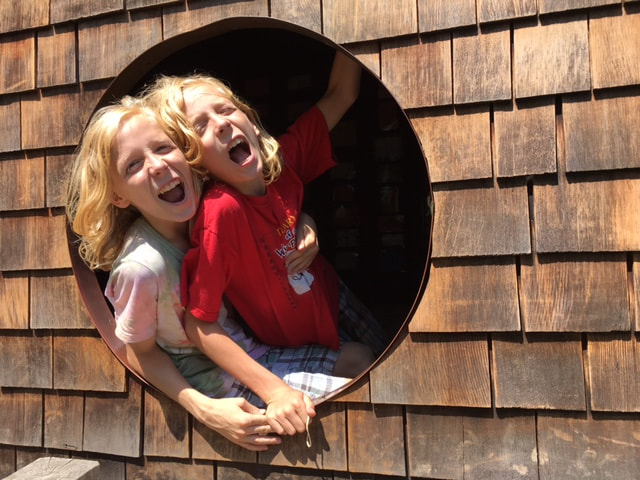
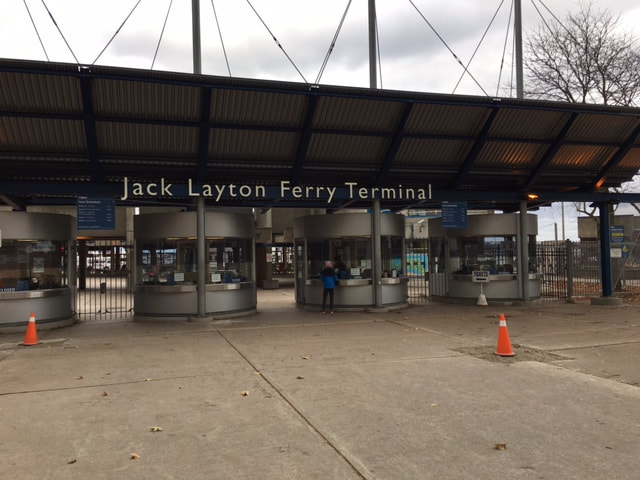


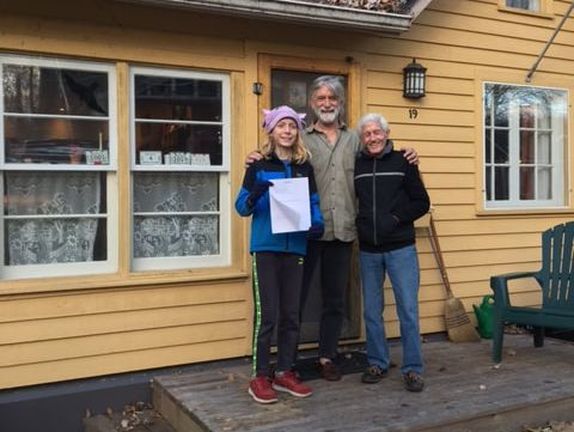

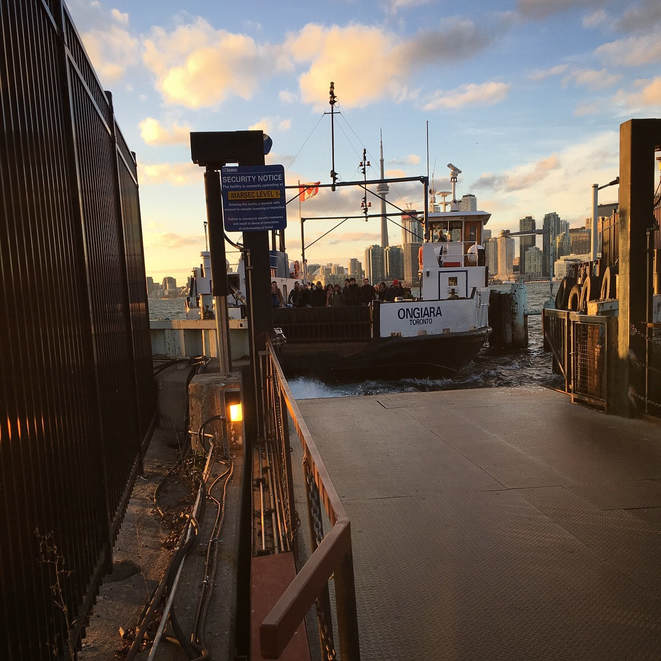
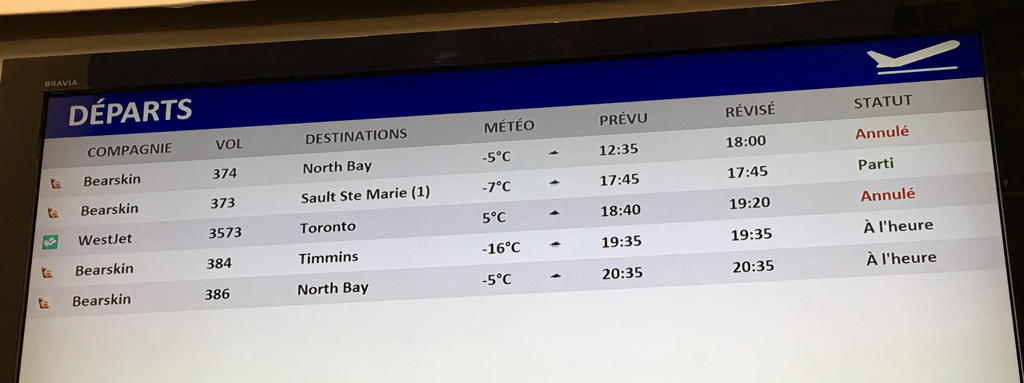

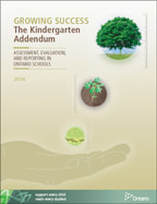




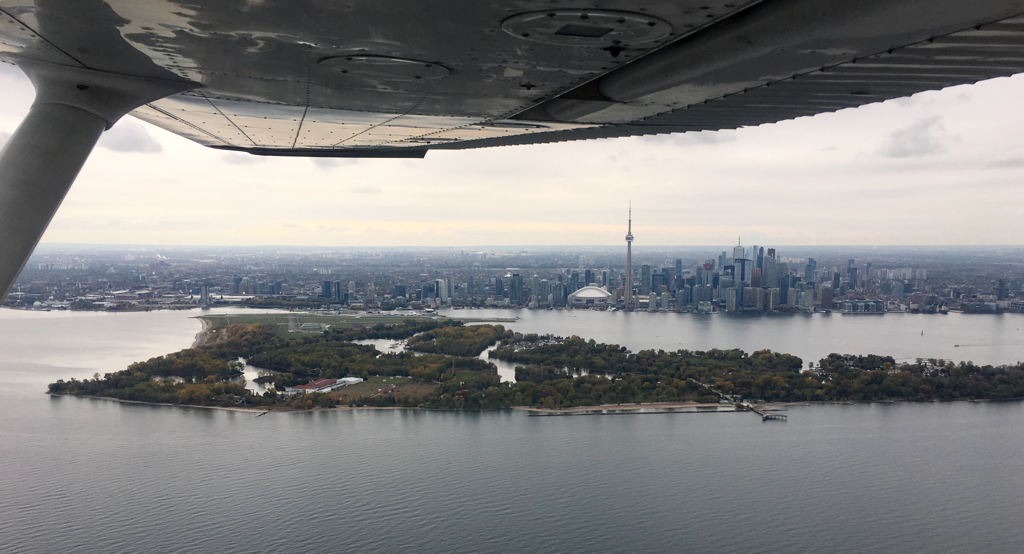

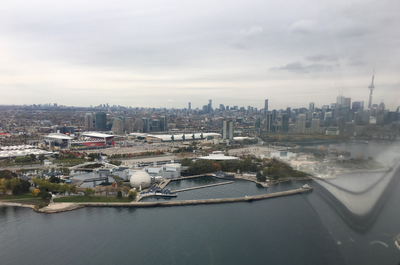
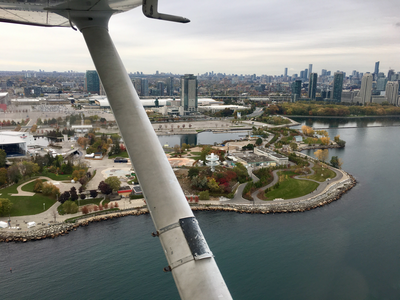
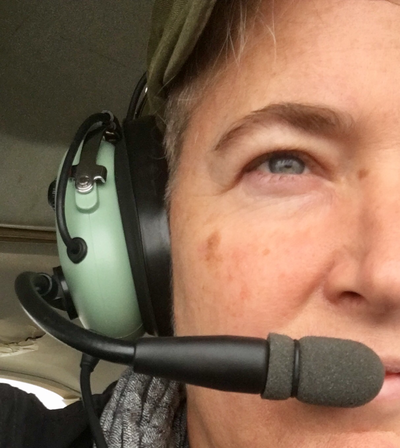

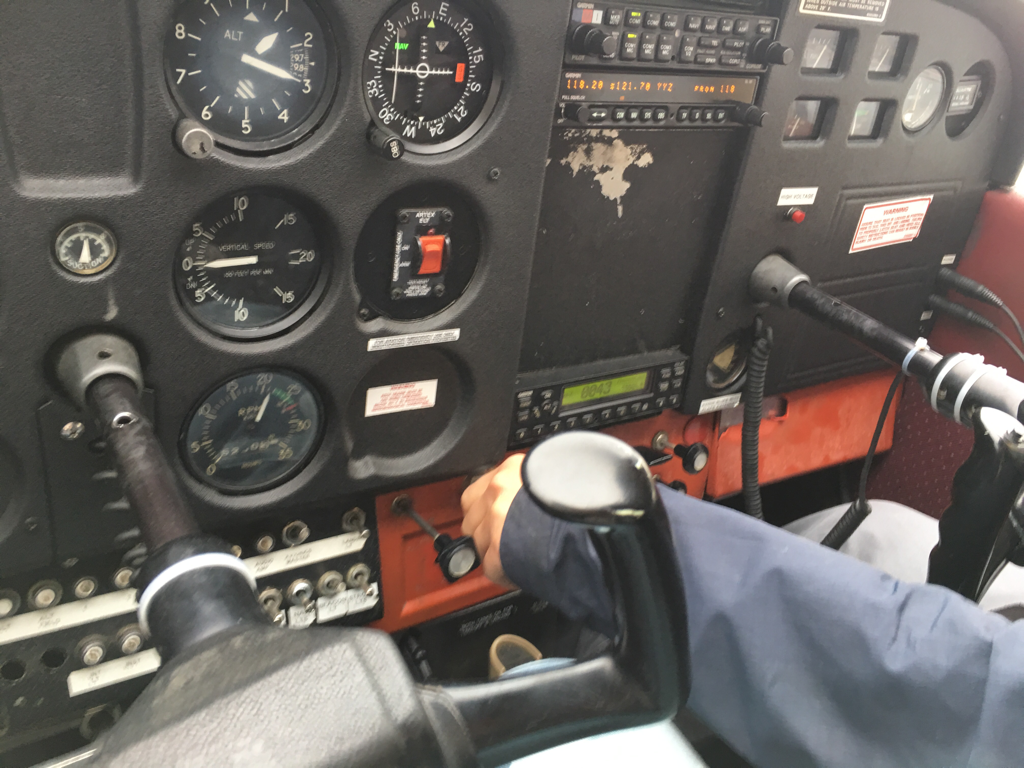
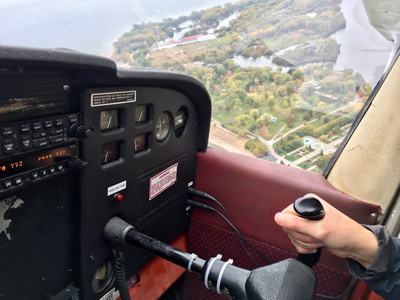
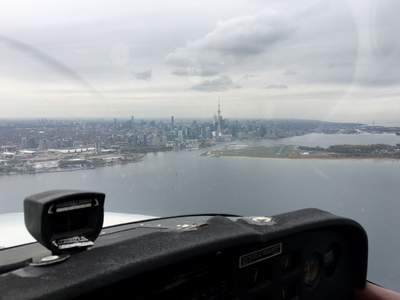
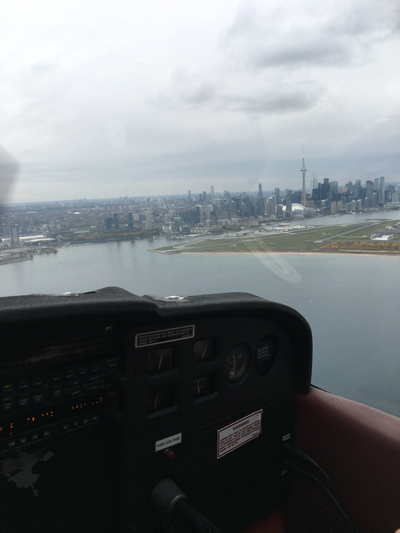

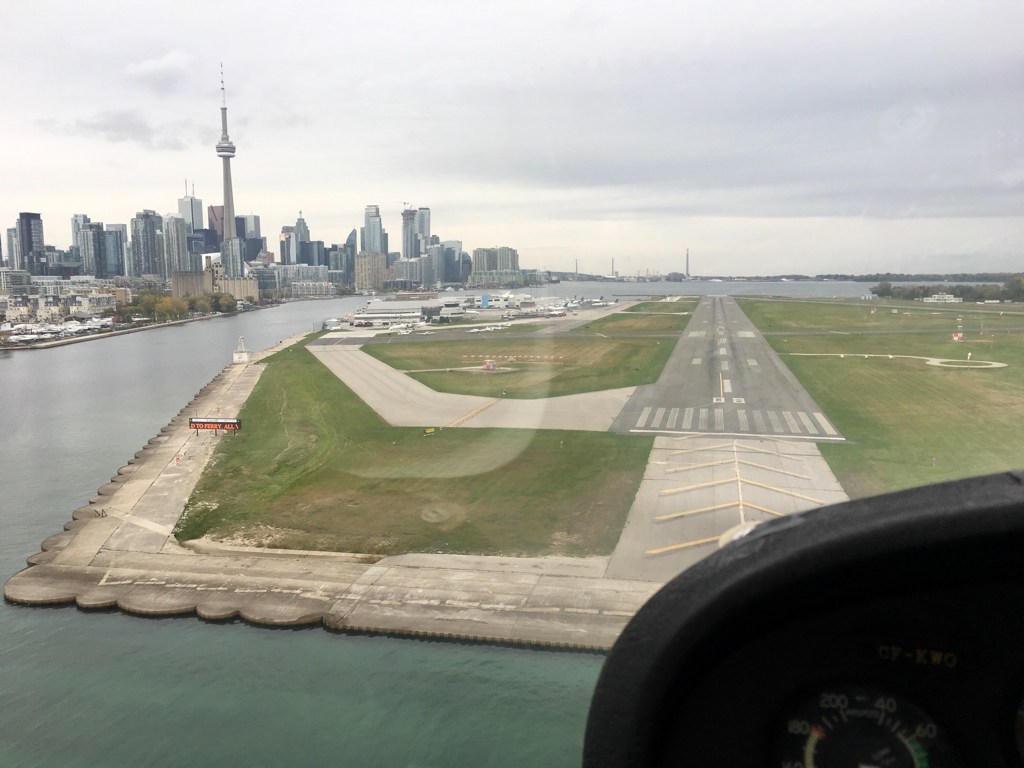
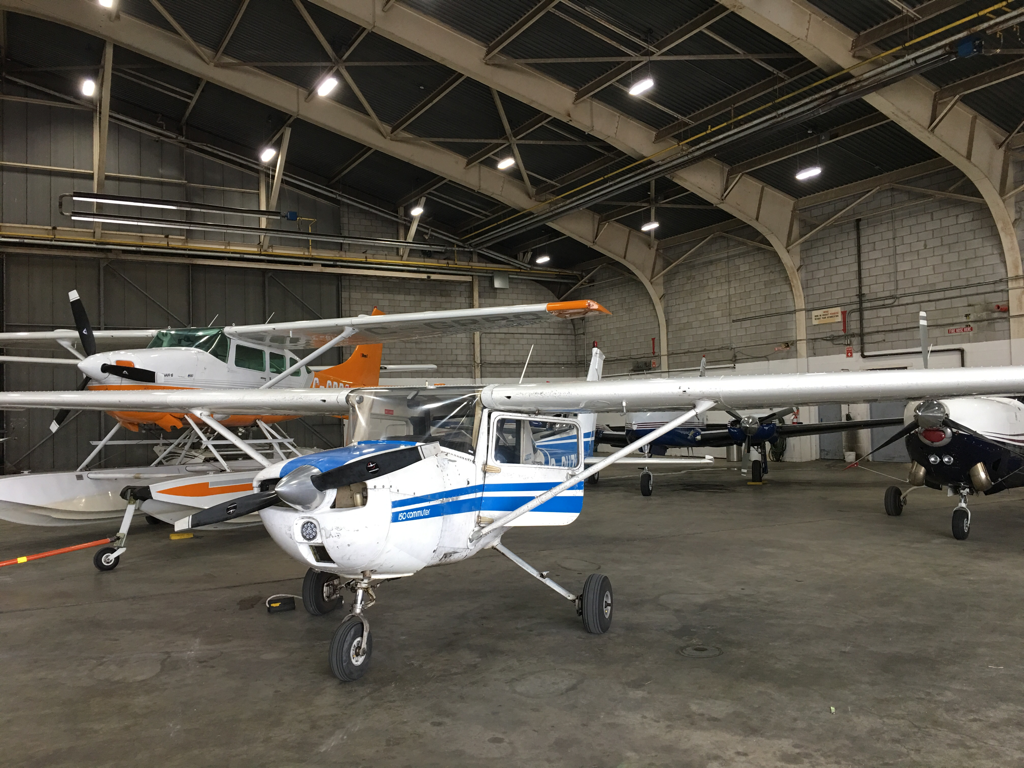

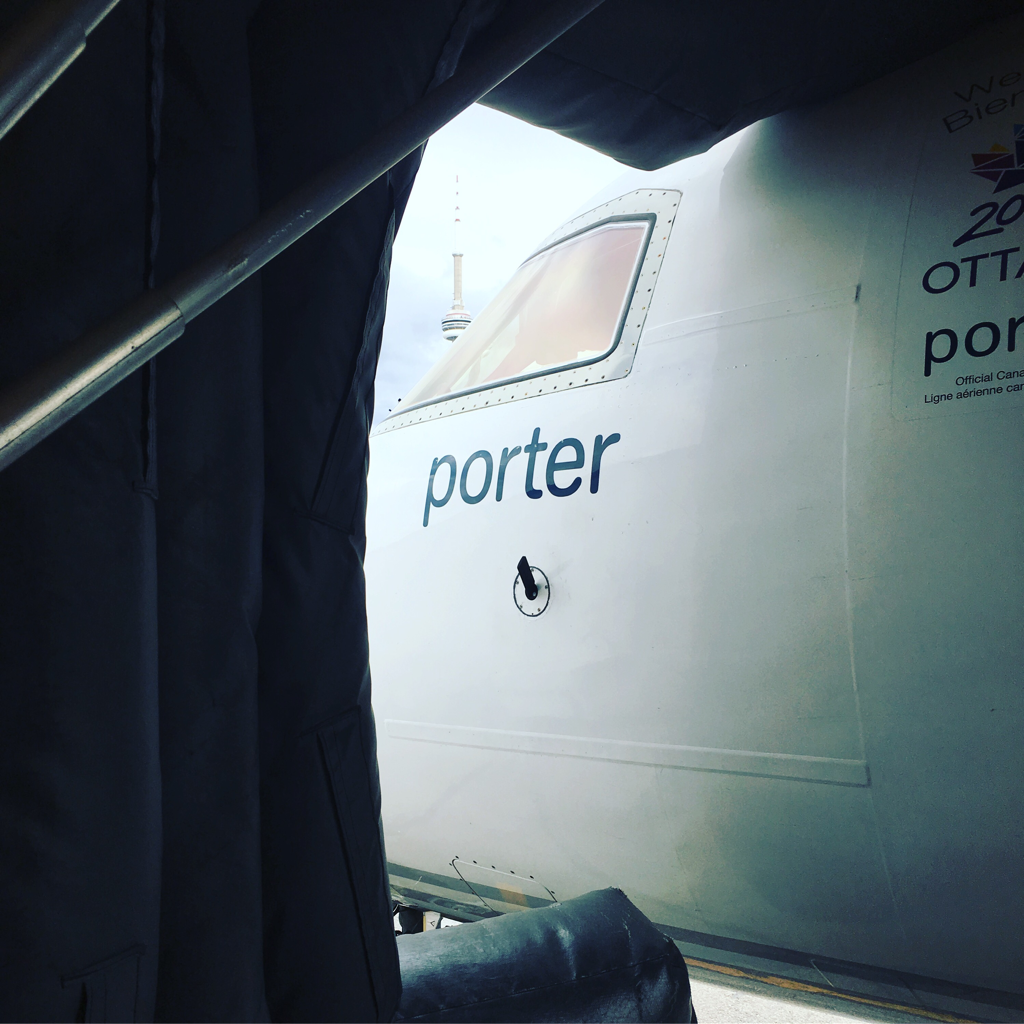

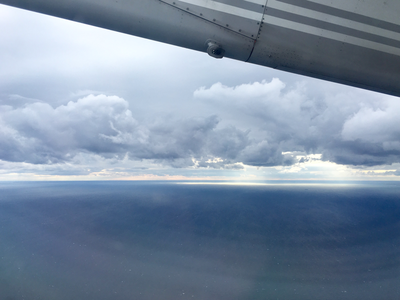
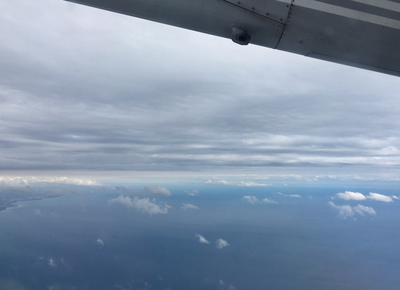
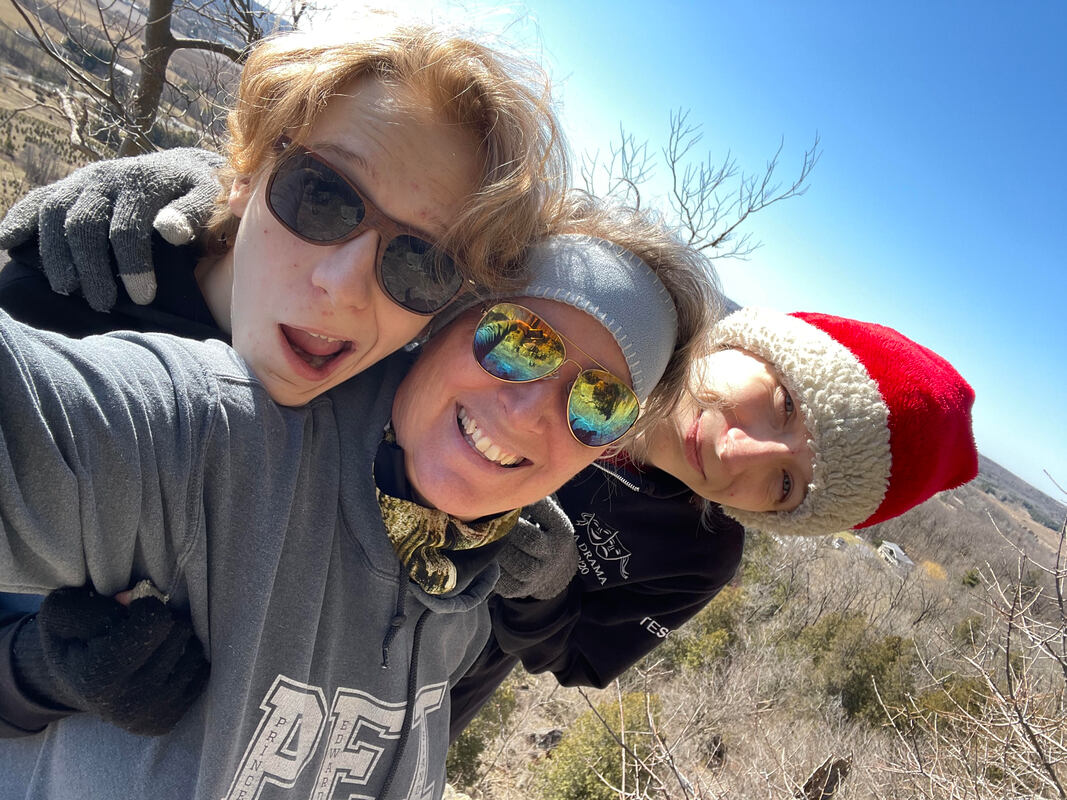

 RSS Feed
RSS Feed